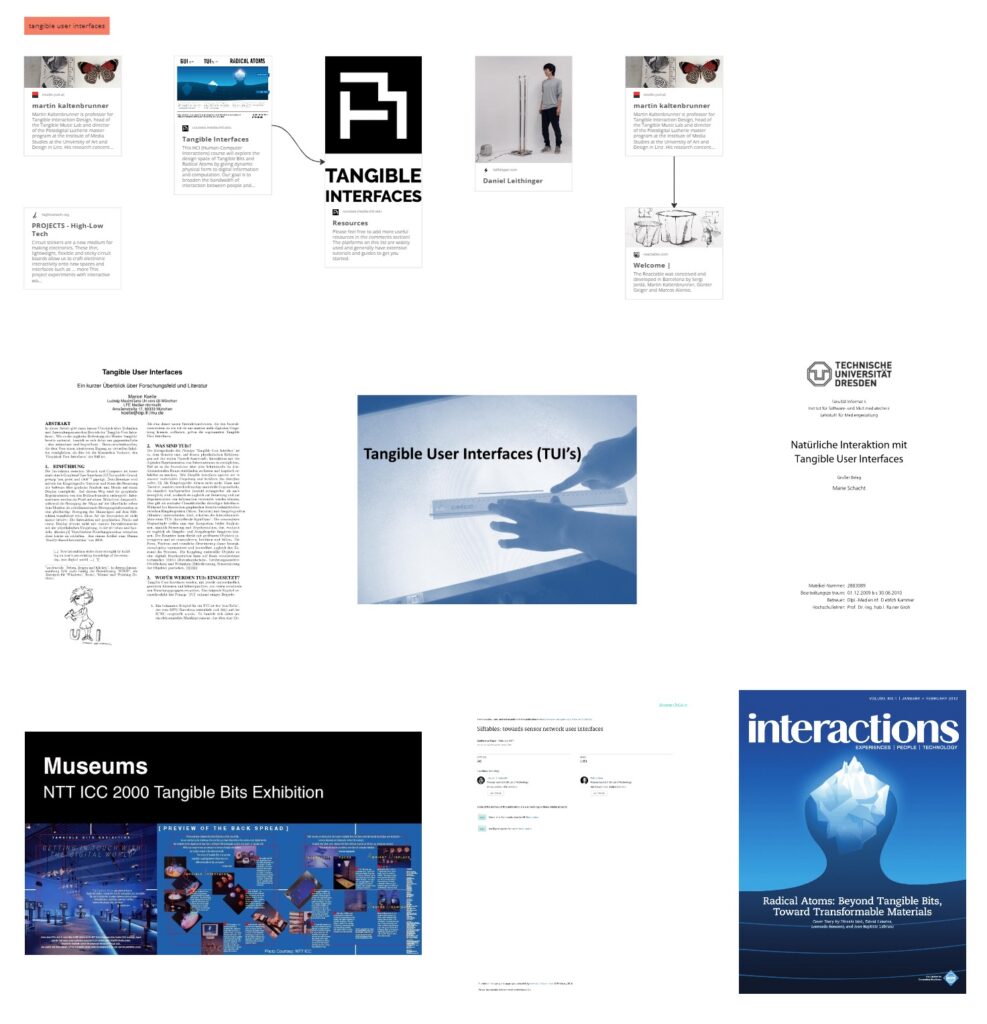What is the best way to engage consumers with videos? What is the role of video storytelling in social media. And what is the goal you want to achieve?
Why video?
“If text was the medium of the analog era, video is definitely the medium of the digital age” (Berthon, Pitt & DesAutels, 2011, p. 1047). It has the ability to grab our attention, stimulate our imagination and gives us possibility to share our own story to the world around us. Video has credited with being a quick attention grabber in digital marketing (Lessard, 2014).
A big challenge for brands is holding consumers attention long enough so that they actually tune in to the video on social media.
In this research paper there are two execution styles being tested: the straight-sell style and the storytelling style. However, the straight-sell style is very popular, social media is known as a tool where brands can share their story.
Storytelling helps us sharing messages and wisdom to navigate and explain the world around us. Story ads place the brand within “narrative elements (e.g., goals, actions, outcomes) it creates empathy. For a brand, storytelling works to help build awareness, empathy, recognition and recall.
Stories can be used to enter the consumer’s thought processes and to bring meaning to everyday objects. (Twitchell, 2004). Consumers tend to think in narrative terms rather than in argumentative terms. (Woodside et al., 2008).
Stories help consumers focus on story elements and allow consumers to be immersed in the story, rather than directing their attention to brand characteristics. People connect those stories to their lives; they compare the story to their lives and match their personal experience.
The positive effects of storytelling can propose that storytelling may increase the consumer engagement with video on social media. Which will lead to positive word of mouth, sharing, promoting and skipping vs viewing behavior. The emotional link between the audience of an ad and the brand is strengthened because stories are memorable and easily absorbed.
Video ads with a storytelling style the consumer will be less likely to believe that the ad is trying to persuade them to do something. It is most likely that storytelling style result in a more favorable change in attitude towards the brand than the straight-sell style. Consumer engagement is more than the purchase, it’s more participatory and involved interactions with the brand on social media.
There is also a finding that the storytelling style is more successful at creating a stronger affective response ore emotional connection with the brand. And created a shareability factor and higher intention to promote the brand.
It would be easier to build a community and enhance brand meaning, while proving their consumers that their product will add value to their life (Hirschman, 2010) This approach has the potential to be effective in a social community where consumers are connected with opportunities to be brand influencers, sharing brand messages with others. Which will lead to more positive publicity.
A video with a storytelling style is more likely to be viewed. This is important because there is no reason for marketeers to invest in expensive content when consumers are going to skip it.
There is a little correlation between social media use and purchase intention. Heavy and light users alike react similarly to the ads with a straight-sell style. While storytelling ads produce a stronger reaction from heavy social media users and react positively. In that case you really have to know your target group.
But the most important question is what is the goal of the video and what goals has more effect in the long run. So, storytelling creates a better brand community but if people don’t know your product in the first place the straight-sell style would be a better match.
The example in this research:
Brands like Coca-Cola may have started with straight-sell styles earlier in the brand’s life to introduce product. However, as the brand and product became more well-known overtime, the brand may have moved on to the storytelling approach in marketing communications.
Thus, if the brand wishes to use a straight-sell and storytelling execution style for its videos on social media, then it would be wise to start with the straight-sell approach and follow up with the storytelling approach, in that order.
Source: Coker, K. K., Flight, R., & Baima, D. M. (2017). Skip it or View it: The Role of Video Storytelling in Social Media Marketing. Researchgate.






